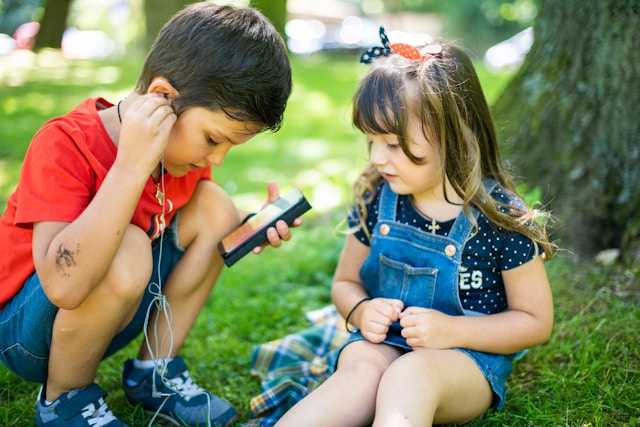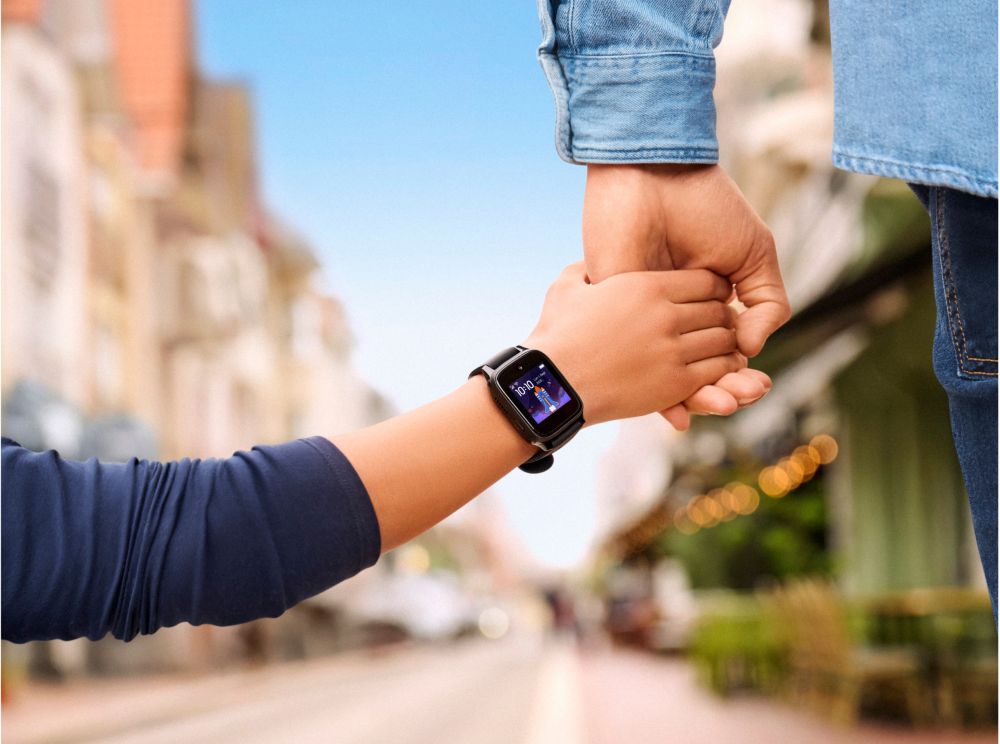School must remain a protected environment. Delaying smartphone use helps to preserve attention spans and supports digital education.
When screens disrupt learning
For more than a decade, teachers and researchers have been sounding the alarm: the widespread use of smartphones in schoolbags is profoundly disrupting the school environment. Constant notifications, omnipresent social media and instant messaging that vibrates all day long are invading classrooms. As a result, attention is fragmented, pupils’ concentration is weakened, and schools are struggling to remain a protected place where learning can take place without distraction.
Faced with this situation, the authorities have attempted to put safeguards in place. In France, the ‘Portable en pause’ (Mobile phones on break) scheme, introduced in 2018, prohibits the use of mobile phones in primary and secondary schools, except for supervised educational activities. While the measure has its merits, its effectiveness depends largely on the cooperation of families. The real challenge lies outside the school walls: how can we give children the means to communicate without plunging them into the often addictive world of smartphones?
Alternatives for balancing independence and protection
More and more parents are looking for compromise solutions. One of the most common is to delay the age at which children get their first smartphone, favouring simpler devices instead. This is the logic behind Bouygues Telecom’s Kids Watch, a connected watch designed for young children. It allows children to call and receive messages only from a list of contacts defined by their parents, while denying them access to the internet or social networks.
This type of device addresses a fundamental question: how can we give children a minimum of autonomy, enable them to let us know if they are running late, and reassure them when they are travelling, without exposing them to the risks of cyberbullying, addiction or commercial solicitation? Far from being a mere gadget, these alternatives are becoming a tool for regulating the transition between two worlds: the still-protected world of childhood and the already digitally immersed world of adolescence.
A transitional stage before the smartphone
By delaying the arrival of the first full-featured mobile phone, parents gain valuable time. Time to establish a dialogue about good digital practices, to teach their children what it means to manage their online presence, protect their data, or resist the temptation of a permanent connection.
This transitional phase avoids the sudden shock of going from no device at all to a state-of-the-art smartphone saturated with apps, which can be disorienting for young people who are not yet equipped to understand the implications. With an intermediate solution, learning becomes gradual, and school is spared some of the distractions that hinder concentration.
Changing society’s view of children and digital technology
But beyond technical solutions, the debate raises a broader question: what kind of relationship do we collectively want to have with digital technology? Too often, smartphones are presented as a necessary evil, an unavoidable stage of growing up. But there is no reason to give a ten-year-old child open access to the entire Internet.
Rethinking this norm means restoring value to childhood, where experimentation and curiosity do not necessarily require a screen. It also means recognising teachers’ right to teach in a peaceful environment, without having to fight against digital distractions.
Digital education cannot be limited to technical mastery of tools: it involves gradual development, reflection on responsibility, and above all, the ability to make it an ally rather than an obstacle. Delaying the arrival of smartphones is not a delay, but a conscious educational choice that better prepares children to face the connected world that awaits them.





























Follow us on Instagram